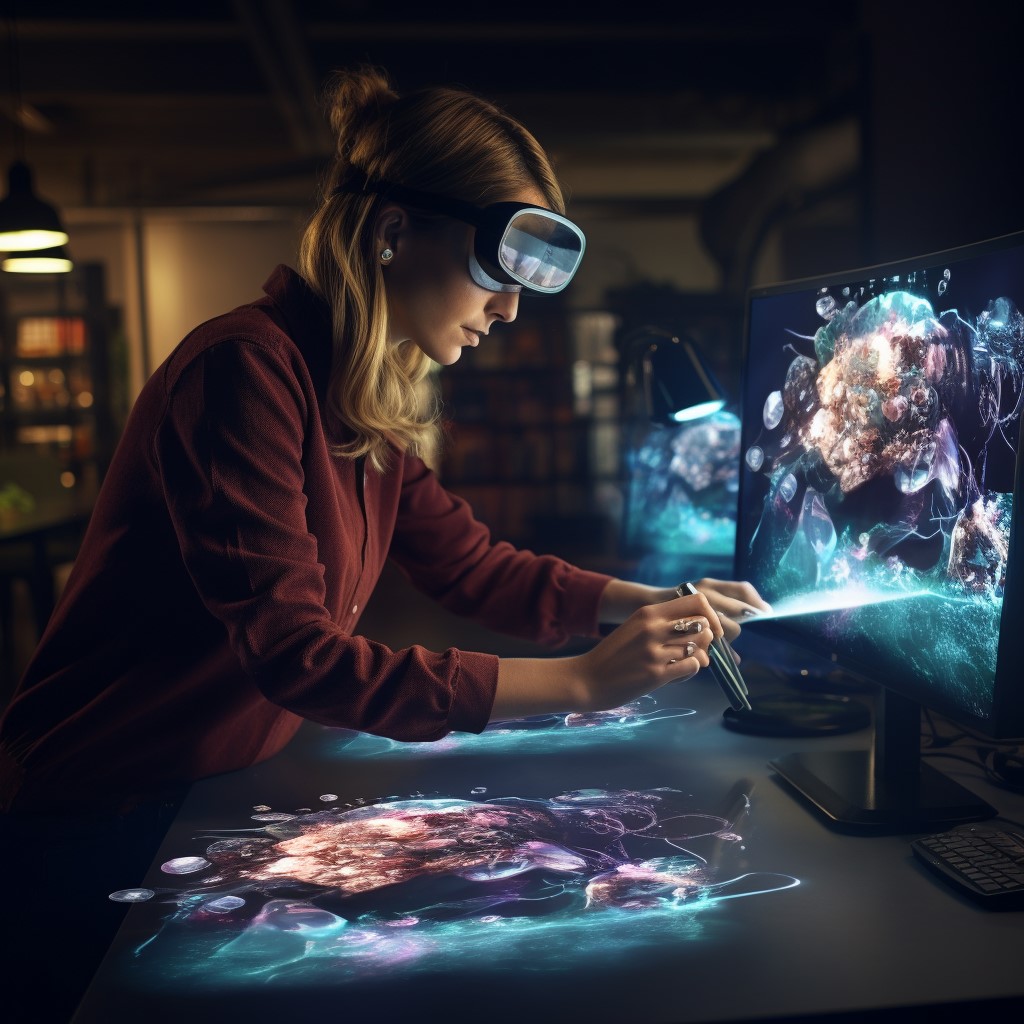In recent years, the rise of Artificial Intelligence (AI) has been both a blessing and a curse for graphic designers. On one hand, AI has brought about incredible advancements that streamline the design process, making it more efficient and accessible. Tools like Adobe’s Sensei and Canva’s AI-driven features have simplified tasks such as image editing, layout design, and even content creation. These AI-driven tools offer automatic image retouching, suggest color palettes, and even generate design templates at a click. They have significantly reduced the time and effort required for certain design tasks, allowing designers to focus more on their creativity and strategic thinking.
However, this convenience comes with a price – the fear that AI might replace human graphic designers altogether. While AI can handle repetitive and mundane tasks, generate designs quickly, and make data-driven decisions, it struggles with the nuanced creativity, emotional resonance, and cultural understanding that human designers bring to their work. AI’s abilities are rooted in algorithms, data analysis, and pattern recognition. It can mimic existing design styles but often lacks the ability to create truly original and groundbreaking designs.
Moreover, graphic design is not solely about aesthetics; it’s about storytelling and communication. Human designers have the innate ability to understand the emotions and messages a design should convey, which is informed by their unique experiences, cultural insights, and empathy. AI, for now, remains a tool to enhance human creativity rather than replace it.

Still, it’s undeniable that AI is pushing the boundaries of graphic design, automating many tasks, and democratizing design in some ways. This trend is pushing the industry to adapt and evolve. Graphic designers must learn to collaborate with AI, leverage its capabilities, and focus on the qualities that make their work uniquely human. Here’s how they can do it:
- AI as a Creative Partner: Rather than seeing AI as a threat, graphic designers can embrace it as a creative partner. AI can help generate ideas, suggest design elements, or even assist with brainstorming. By working together with AI, designers can harness the advantages of automation and focus on the high-level, creative aspects of their work.
- Enhancing Productivity: AI can significantly increase a designer’s productivity. It can automate repetitive tasks, such as resizing images or removing backgrounds, allowing designers to allocate more time to conceptualizing and refining their designs.
- Learning AI Tools: Designers should invest time in learning how to use AI-powered design tools effectively. This includes understanding AI-based design principles, staying updated on the latest AI developments, and integrating AI into their workflows seamlessly.
- Cultivating Unique Skills: Designers should focus on developing skills that AI cannot replicate easily. This includes empathy, emotional intelligence, cultural awareness, and the ability to tell compelling stories through design. These uniquely human skills are essential in creating impactful and resonant designs.
- Staying Updated: The field of AI is evolving rapidly. Designers should stay informed about the latest advancements in AI and its applications in design. This knowledge can help them harness AI’s power effectively and remain relevant in the industry.
In conclusion, while AI is changing the landscape of graphic design, it’s not necessarily a threat but rather a transformative force. Graphic designers can coexist with AI by leveraging its capabilities to enhance their creativity, efficiency, and productivity. By focusing on what makes their work uniquely human, they can continue to provide valuable contributions to the world of design, ensuring that AI becomes a tool to empower their creative endeavors, not a replacement for their expertise.







